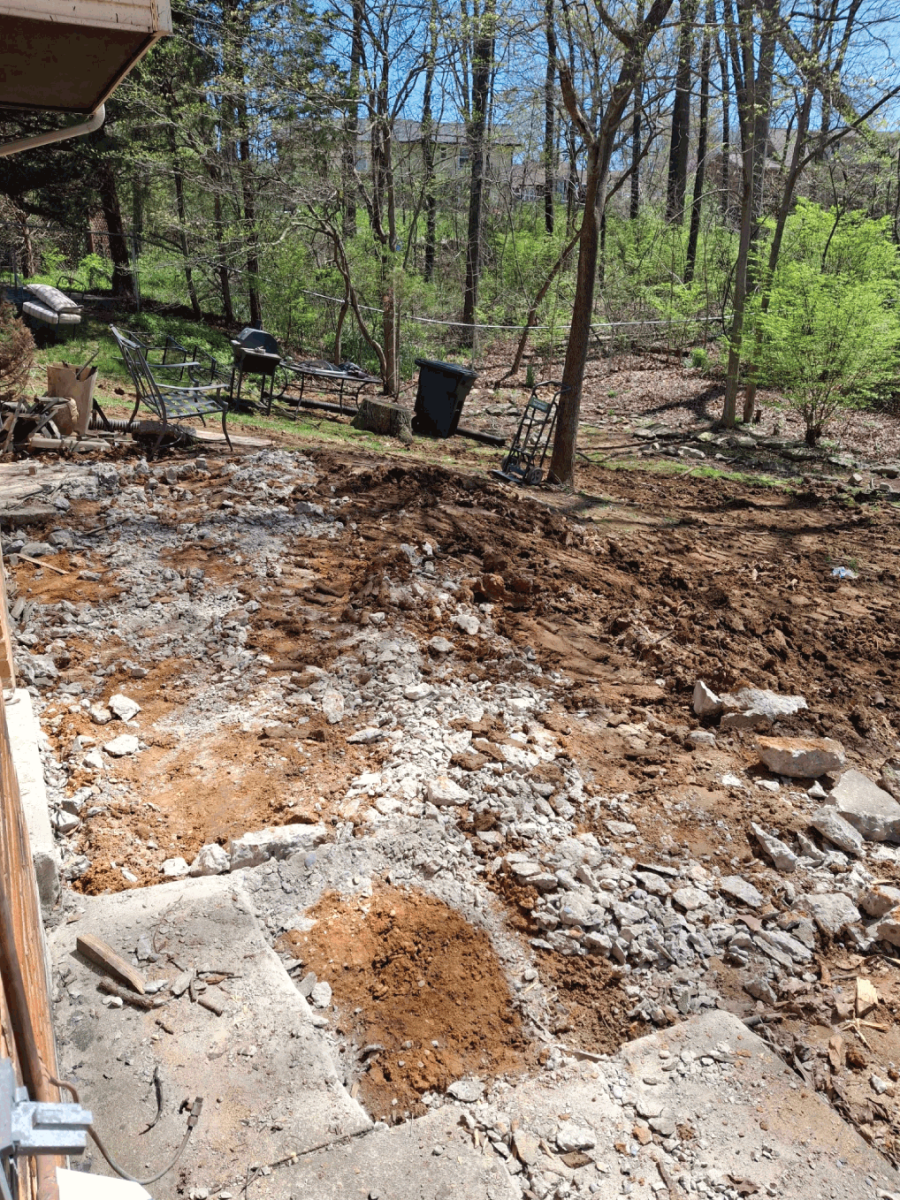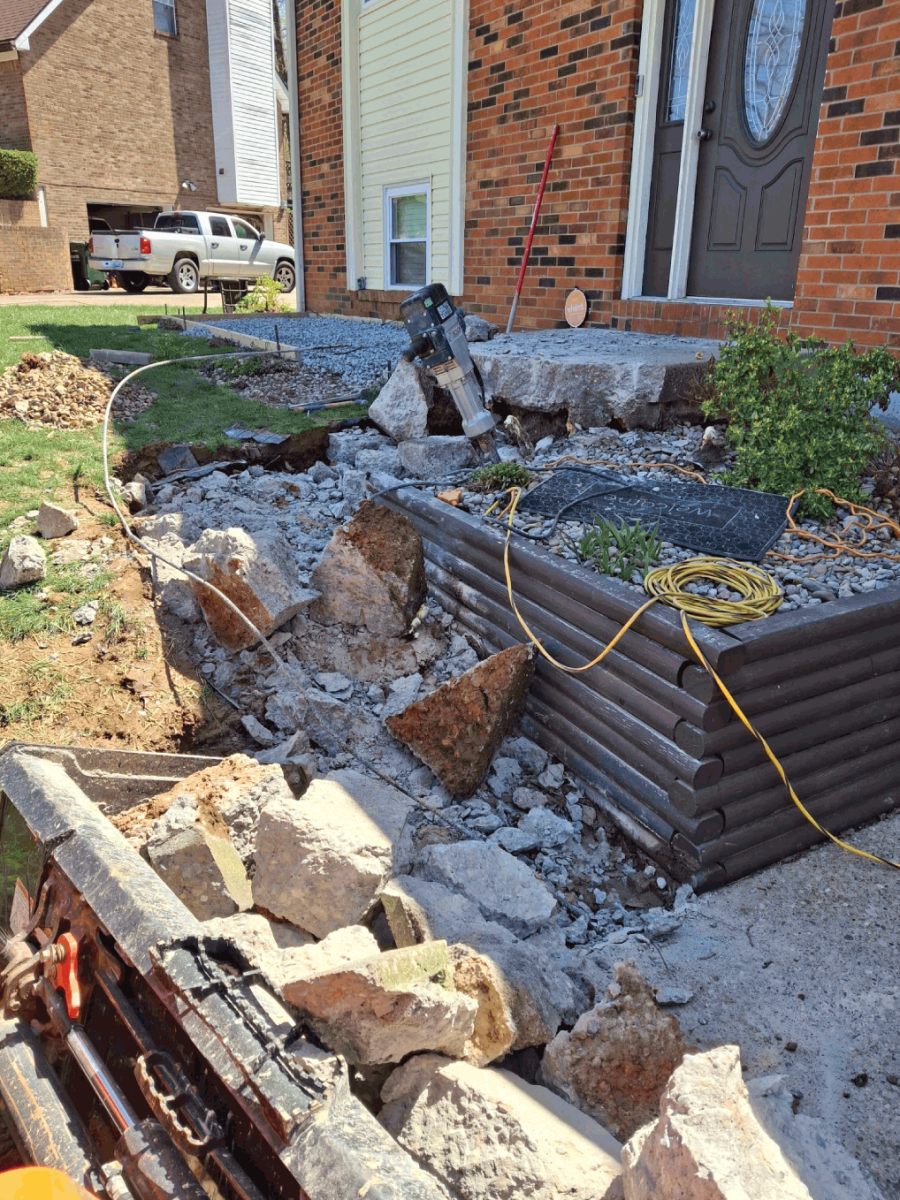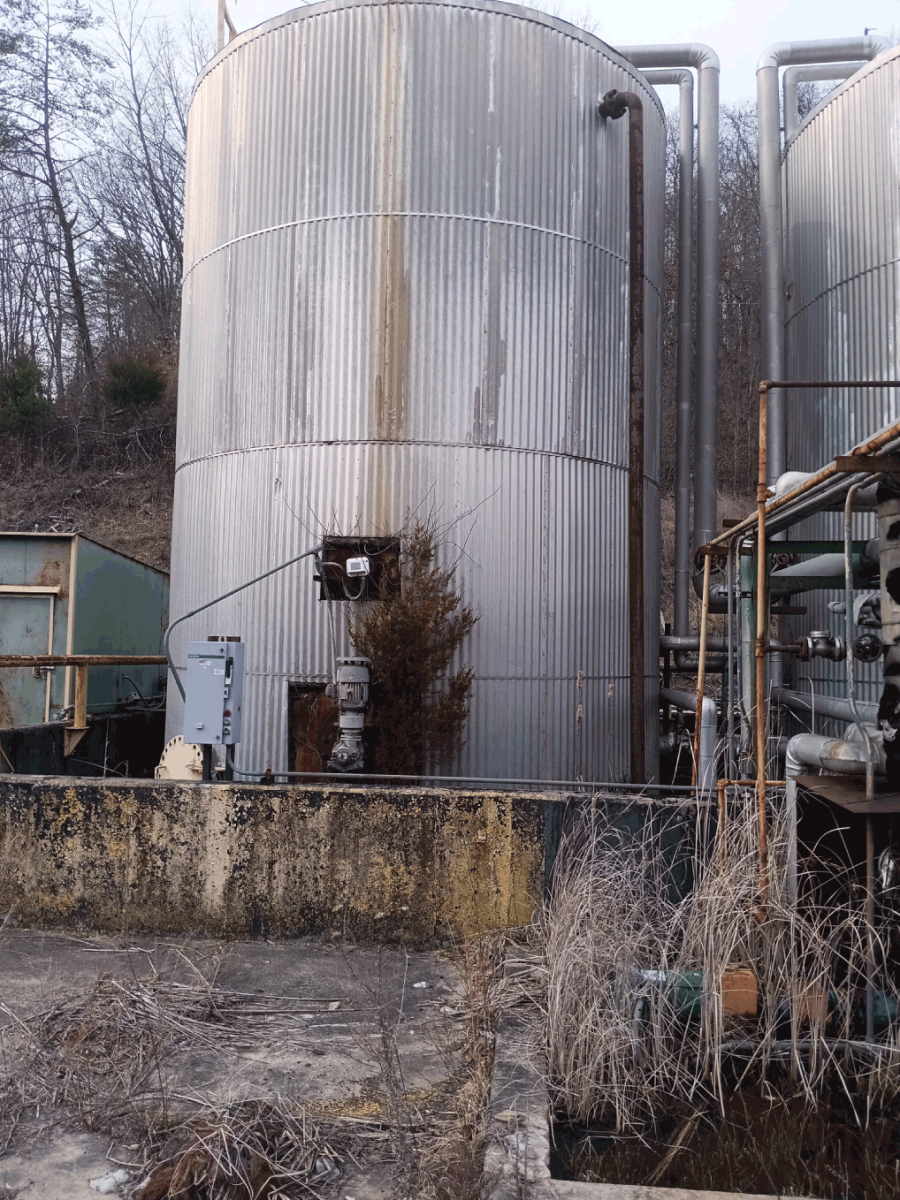Stoney, Sealy & Rubble Construction
For all your oil tank removal needs throughout the greater Louisville, KY area, Stoney, Sealy & Rubble Construction is the crew to call! Our team prides... more
Mary's Demolition & Cleaning Service
When you need demolition services that make your life easier, call Mary's Demolition & Cleaning Service. We can remove a wide variety of different commercial and... more
J&M Demolition
For over 15 years, the experts at J&M Demolition have been honing their skills in the demolition industry. We are a family and veteran-owned company... more
JUNKCO, LLC
JUNKCO is a locally-owned and operated business serving customers in and around the Louisville, KY area, including Southern Indiana. We’re equipped to offer same... more
Orchid Recycling Services
Speak with the friendly professionals at Orchid Recycling Services regarding your oil tank removal project. With 40 years of environmental cleanup experience, we have established a... more
Kentuckiana Cat & Core LLC
Kentuckiana Cat & Core LLC, specializing in oil tank removal in the Salem, IN area, brings over 20 years of expertise to every job. Contact us for... more
Stumler Bryan Excavating
Bryan Stumler Excavating is located in Floyds Knobs, Indiana. We specialize in building premiere lakes, ponds, construction site work, storm and sewer infrastructure and much... more
Durham Excavating Inc
The goal at Durham Excavating is to provide the highest quality workmanship with the most reasonable rates. We are locally-owned and operated and have been&... more
Franklin & Leonhardt Demolition
A family-owned business, Franklin & Leonhardt has been a mainstay in Louisville, Kentucky since the 1950s. In our early years, we focused on grading, excavating,... more
Mellencamp Center Pivot Irrigation & Excavation
Mellencamp Center Pivot Irrigation & Excavation specializes in excavation and irrigation but also offers demolition and more. We are capable of completing all kinds of projects,... more
Bluegrass Excavation & Contracting
Bluegrass Excavation & Contracting has been a trusted demolition company in the Louisville, KY area since 1995. We provide our customers in Kentucky and Indiana with... more
Nearby Places for Tank Removal
Tank Removal Tips for Trimble County, KY
Why is it important to have an oil storage tank removed?
Virtually all tanks have the ability to leak.
Some of the most common reasons tanks leak include:
- Lack of proper maintenance or routine inspection
- Decay or frost shift
- Overfilling of tanks
- Leaky fittings
- Lines are accidentally severed
Keep reading: Removing an Oil Tank? Start Here.



